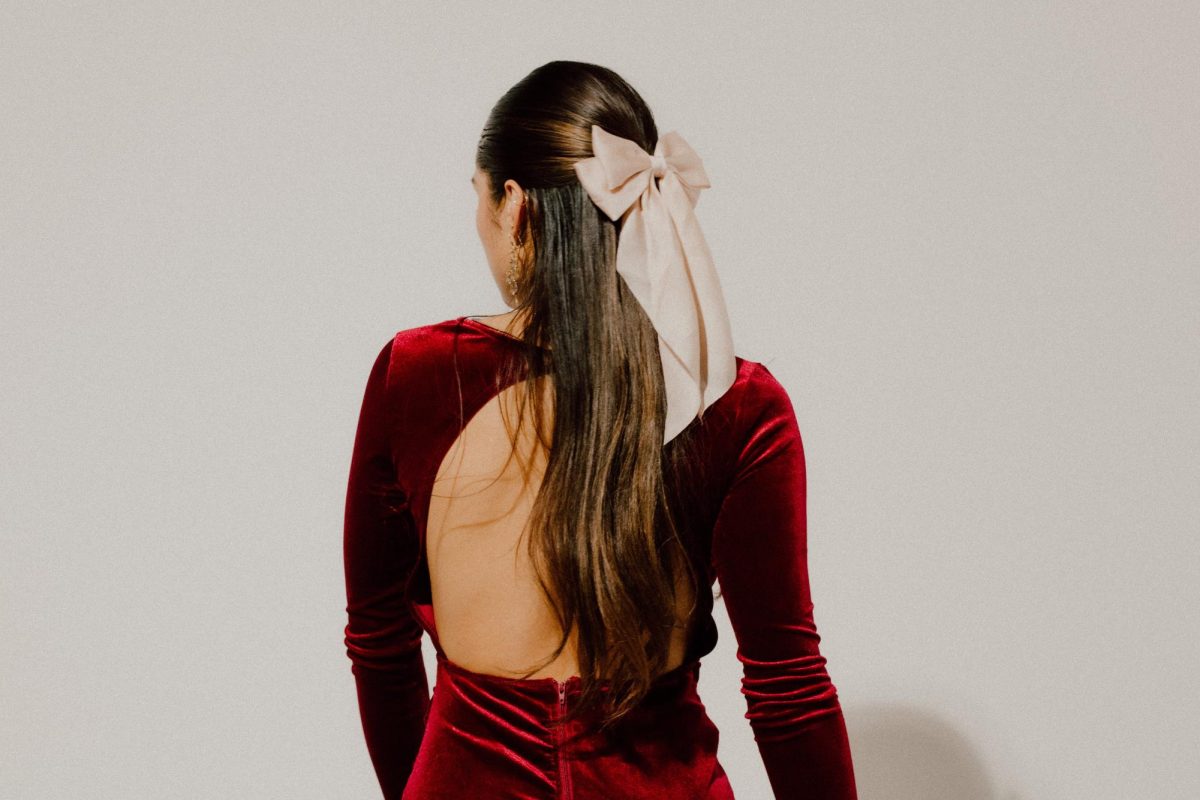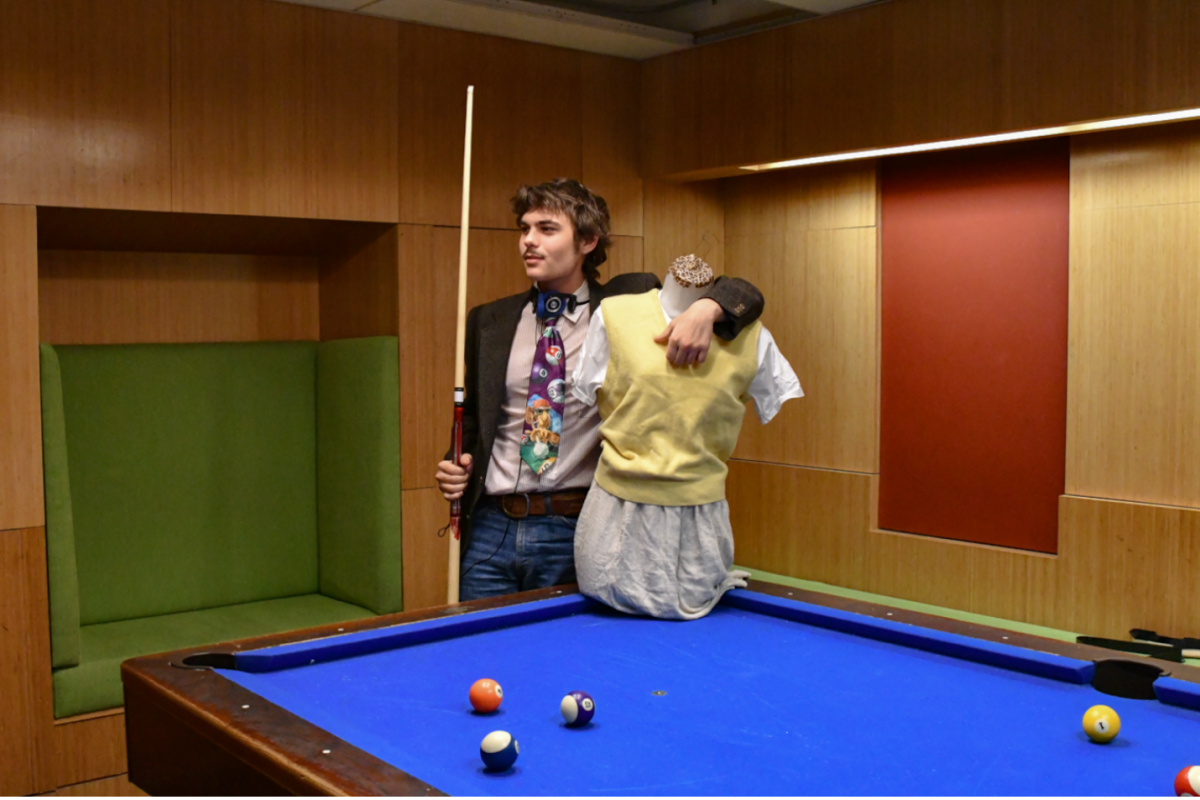
With Valentine’s Day upon us, flower shops around the area are busy as ever trying to meet the demands of all the hopeless romantics trying to make their loved ones’ holiday one to remember. Buying flowers seems like an easy task to accomplish, but there is a trick to it. You have to know the message your flowers are sending, before your valentine does. Otherwise, flowers could turn this love-struck day into a horrible catastrophe.
It’s important to keep in mind exactly who these flowers are for. A “valentine” is a very broad term and can pertain to a boyfriend or girlfriend of over five years or someone you secretly admire but haven’t told yet. So, before you reach for those dozen of red roses and make a severe dent in your bank account, remember that the most expensive flowers don’t always provide the best results.
When you think of Valentine’s Day, most people typically think of a giant bouquet of red roses accompanied by a box of luxury chocolates. These are indeed the most popular flowers to choose for a valentine, symbolizing true love, romance, and flawless beauty. For those of you head over in heels in love, remember that even a single rose means, “I love you,” which will do the trick and save you some money. But, why not change things up this holiday? I’m sure your sweetheart will be expecting a rose, or twelve—most likely twelve, but don’t limit yourself to thinking roses are the only option.
If you are just starting a relationship, carnations can be a great option. Most colors generally symbolize fascination or new love. Stick with the pinks (I’ll never forget you), purples (capriciousness), whites (sweet) and reds (admiration or “my heart aches for you”), and don’t be afraid to mix them up into one bouquet. Although carnations don’t have the deep, “true love” meaning like roses do, they are still fun and are perfect for a fresh and new relationship. However, beware of striped and yellow ones, they may look pretty but they carry a dangerous message. Striped carnations mean refusal or “I’m sorry I can’t be with you.” Yellow ones mean rejection or, even worse, “you have disappointed me.”
Another fun option for young love is camellia, a rose-like flower. Just as pretty, these flowers send an equally powerful message. Pink ones symbolize longing. Red means “a burning flame,” and white means “you’re adorable.”
There is a flower for the guy or girl you have been texting to and talking to for months with no real progress to. If you want to let them know that you are thinking of them without creeping them out, steer clear of the long stemmed red rose. It screams “I think you are my one true love.” Don’t expect a text the next day from this valentine.
Instead opt for a friendlier flower such as a single pink rose. If a rose still seems like too much try a subtler flowers. White violets are a quiet way to tell someone let’s take a chance. Opting for a more obscure flower can also be a nice way to get your message across without the person freaking out. Jonquil, which look like a small daffodil, say that you are looking for affection. Gardenia, a white rose-like flower, sends a slightly bolder message: secret love. But chances are your valentine won’t understand that memo.
If cut flowers are a little too short lived for you, try giving your loved one a potted plant such as a cactus. While they might look prickly, they stand for endurance, a sweet message to send to a longtime significant other. Plus, it’s a plant that almost any man can appreciate, unlike most flowers.
A valentine doesn’t always have to mean the person who will be sitting across from you at a romantic candlelit dinner. Love comes in all different forms, including family. Asters are beautiful flowers that typically get sent to loved ones as they are simply a “symbol of love.” Not any specific type of love, just pure love.
As well as family, Valentine’s Day can be for friends, too. If you just want to let your best friend know you are thinking about them on this potentially lonely holiday, mix up different types of brightly colored flowers for the perfect bouquet. Some perfect choices would be lilies or daffodils. These flowers scream cheeriness and fun. Lilies come in a variety of colors, so stick with the bright colors that would make anybody’s day a little bit more upbeat.
Although red roses mean “true love,” not all shades of roses have the same meaning. Yellow and orange roses symbolize friendship; so if you’re willing to be more lavish with your spending, mix up a bouquet of red, yellow, and orange roses to send off.
If you are your friend’s secret keeper send her a bouquet of daisies to let her know that you won’t tell her crush about her feelings.
Some other friendship flowers are pansies, which symbolize loving thoughts, as well as chrysanthemums, a flower that sends a message of appreciation. Iris are also a good way to tell your best friend that you value their friendship.
Also don’t forget to think about the fillers. You know the random sprigs of greens and cheap flowers that make an arrangement look complete as even they have meanings. If you are going for the most romantic option possible, opt for ferns which symbolize a secret bond of love and baby’s breath, a tiny white flower, which symbolizes everlasting love. There is a reason these stems usually accompany a single red rose. Ambrosia, another green plant used in bouquets, symbolizes love returned. If you are trying to keep the message casual, go for ivy which is a symbol of friendship.
It is highly unlikely that buying anyone flowers on Valentine’s Day will end badly, but just in case you know someone who is unusually up-to-date on their flower meanings here is a brief list of flowers you should leave at the store. Hint: yellow is a bad color. Yellow rose, carnations, camellia all either mean friendship or rejection. Begonia’s translate to beware. Candytuft means indifference. Cyclamen denote resignation. Hydrangeas, despite their lovely beachy blue color, mean heartlessness. And just in case you are wondering, pre-withered flowers are always a bad idea.
Flowers are a beautiful gift for anyone to receive and are definite instant mood changer. But, just make sure this “mood changer” is a positive change and not one that scares your valentine away. Nobody wants a broken heart on the National Day of Love.
Beth Cormack can be reached at [email protected].

















